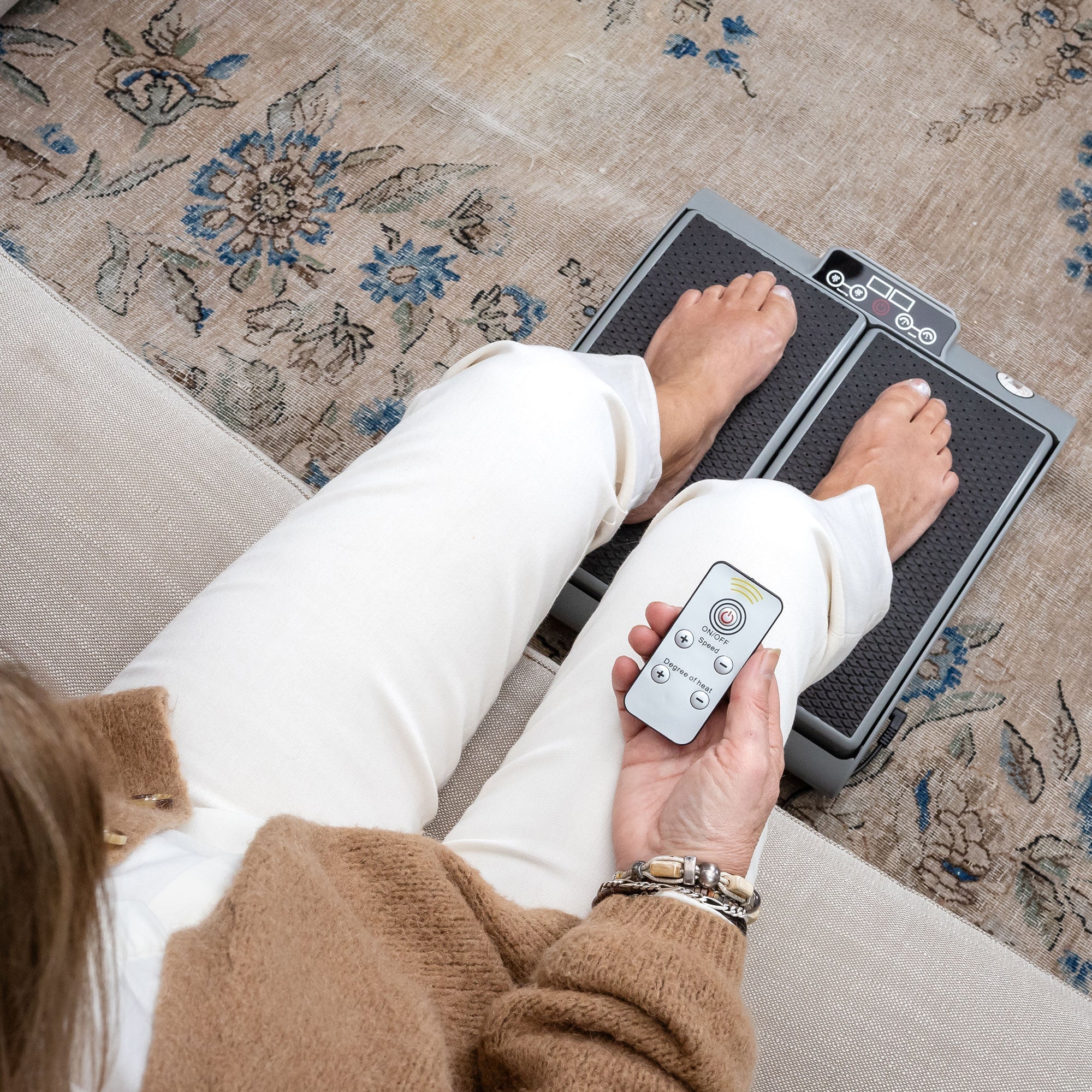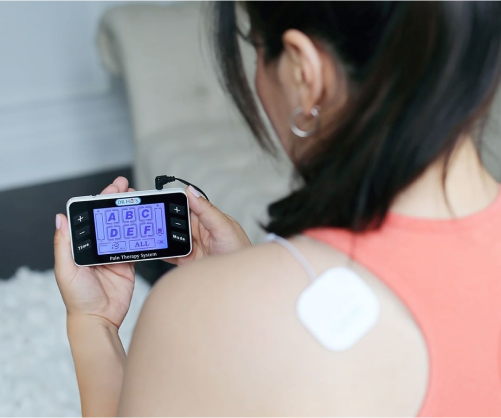What is Spinal Decompression Therapy?
Spinal Decompression Therapy is designed to help alleviate back pain related to the spinal discs and connective tissue in the upper or lower back. This kind of pain can be related to sciatica. This form of therapy can be administered as a surgical or non-surgical procedure. Spinal decompression treatment is a specialized therapeutic procedure aimed at relieving pressure on spinal discs and nerves, providing a non surgical treatment option for those suffering from spinal compression and related conditions.
What Does Spinal Decompression Therapy Help With?
Non-surgical spinal decompression therapy uses back traction, also known as traction therapy, to stretch the spine and create space between the spinal discs. The therapy uses controlled traction to gently stretch the spine, which helps to relieve pressure on the discs and nerves. When there isn’t enough space left between discs, pressure can cause inflammation and pain. This inflammation can even manifest as a slipped or ruptured disc, bulging discs, or issues with intervertebral discs.
Healthcare professionals have used non-surgical spinal decompression to treat the following:
-
Back pain (upper or lower back) - Sciatic nerve pain - Bulging or herniated disks or degenerative disk disease - Worn spinal joints - Injured or diseased spinal nerve roots - Problems with intervertebral discs
Causes of Sciatica
Sciatica is a common condition characterized by pain radiating along the sciatic nerve, which runs from the lower back down to the legs. The primary causes of sciatica are rooted in spinal issues that lead to nerve compression and inflammation. Among the most frequent culprits are herniated discs, spinal stenosis, and degenerative disc disease.
Herniated discs occur when the soft inner material of a spinal disc pushes through its tougher exterior, often pressing directly on the sciatic nerve. This pressure can trigger intense sciatica pain and a range of uncomfortable symptoms. Spinal stenosis, which is the narrowing of the spinal canal, can also compress the sciatic nerve, leading to chronic back pain and radiating discomfort. Degenerative disc disease, a condition where the spinal discs gradually wear down over time, can further contribute to nerve compression and persistent sciatica symptoms.
How Does Spinal Decompression Therapy Help With Nerve Pain?
Sciatic nerve pain is a product of agitation to the sciatic nerve that runs from the lower back, down the buttock, as far as the feet. The pain is often felt in the lower back and down one leg. Spinal decompression therapy gently stretches the spine to create space between the discs, and creates negative pressure within the discs to relieve pressure on the nerves. This process helps in reducing inflammation, supports the healing process by improving circulation of healing nutrients, and can provide sciatica relief and chronic pain reduction. Many patients find that spinal decompression, combined with physical therapy and other non-surgical treatments, can significantly reduce pain and improve spinal health.
How to Experience Relief with Spinal Decompression
You can feel relief from sciatic nerve pain by using non-surgical spinal traction. A spinal decompression session is a non-invasive treatment option tailored to individual needs, often performed on a spinal decompression table where the patient lies comfortably while the spine is gently stretched. Stretching the spine and creating space between the discs can be performed manually by a chiropractic doctor, through manual therapy, or at home with a decompression device. Inversion therapy is another method used to decompress the spine. Compared to traditional treatments like pain medications, chiropractic care, and manual therapy, spinal decompression helps address the root causes of pain rather than just masking symptoms.
A typical treatment session usually lasts between 15 to 30 minutes, and many patients experience improvement after just a few sessions. The therapy aims to reduce pain, improve spinal alignment, and promote natural healing, supporting overall health. The benefits of spinal decompression include improved mobility, pain relief, and the potential to avoid surgery. Before starting therapy, it is important to review your health history and any medical conditions with your provider. Patient education is also essential for understanding the therapy and managing recovery. After undergoing spinal decompression therapy, strengthening the surrounding muscles with gentle exercises is recommended to maintain results and prevent recurrence.
The DR-HO’S 2-in-1 Decompression Belt combines compression and traction to target lower back pain at its source. By gently stretching and decompressing the spinal discs and joints, it offers a soothing solution for ailments such as herniated discs, spinal stenosis, and scoliosis. This clinical-grade traction not only relieves pain but also enhances posture, bolstering the lower back and encouraging core strength.
A registered physiotherapist can help develop a personalized treatment plan that addresses your specific spinal issues, whether they involve herniated discs, spinal stenosis, or degenerative disc disease. By focusing on relieving pressure and restoring proper spinal alignment, spinal decompression therapy offers an effective, non-surgical approach to sciatica pain relief and helps you regain control of your active life.
Disclaimer: DR-HO'S content is intended for informational purposes only and should not be taken as medical advice. Please consult a certified medical professional for diagnosis and treatment recommendations.


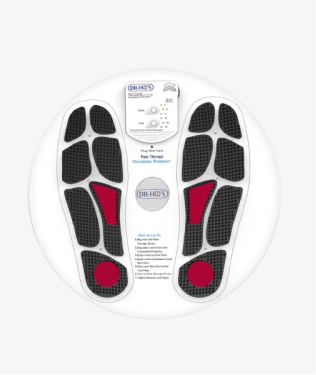
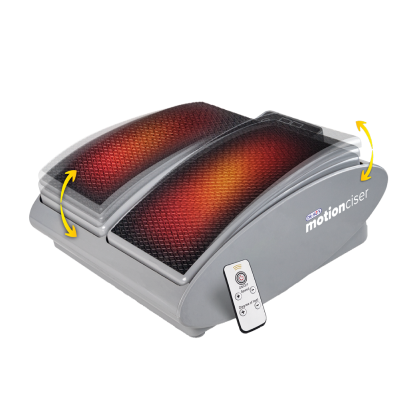
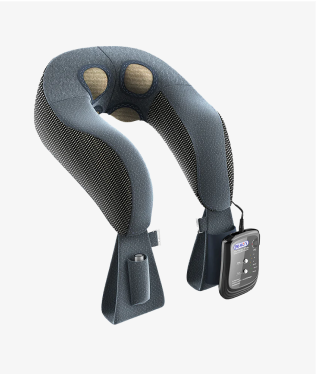
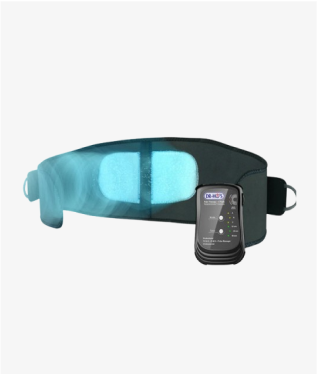
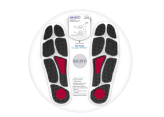
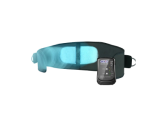
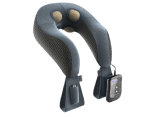
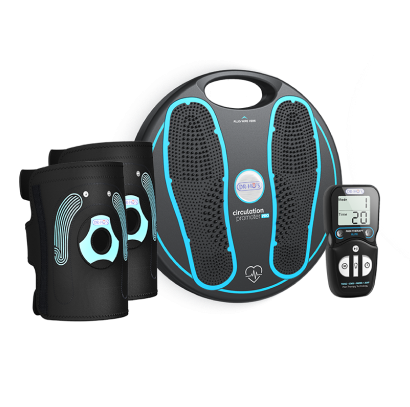
![How Spinal Decompression Therapy Helps with Sciatica [Updated for 2021]](http://drhonow.com/cdn/shop/articles/how-spinal-decompression-therapy-helps-with-sciatica_19beb664-3f1e-418b-b6a8-ab00aadd2090_large.jpg?v=1761924632)
